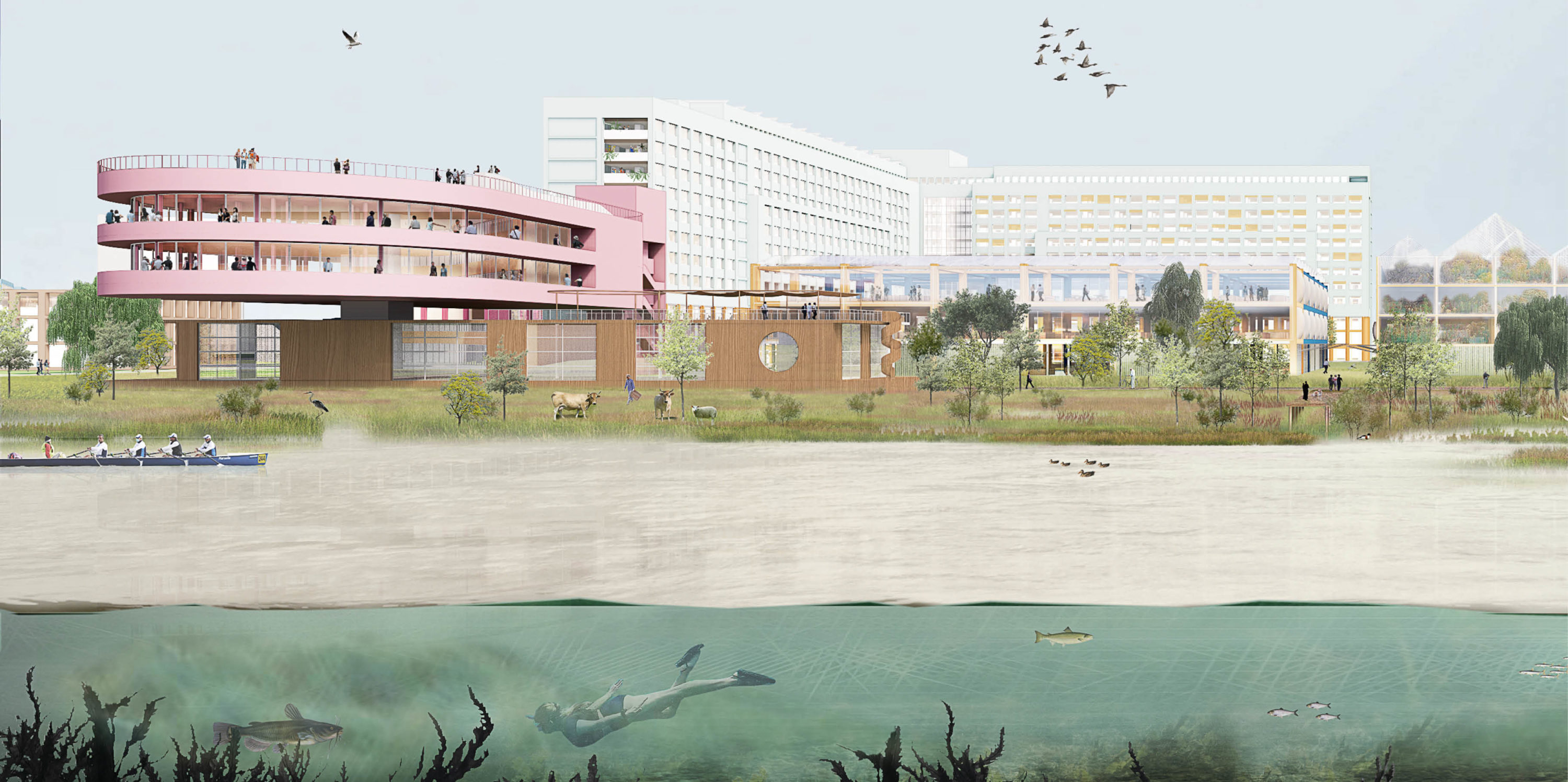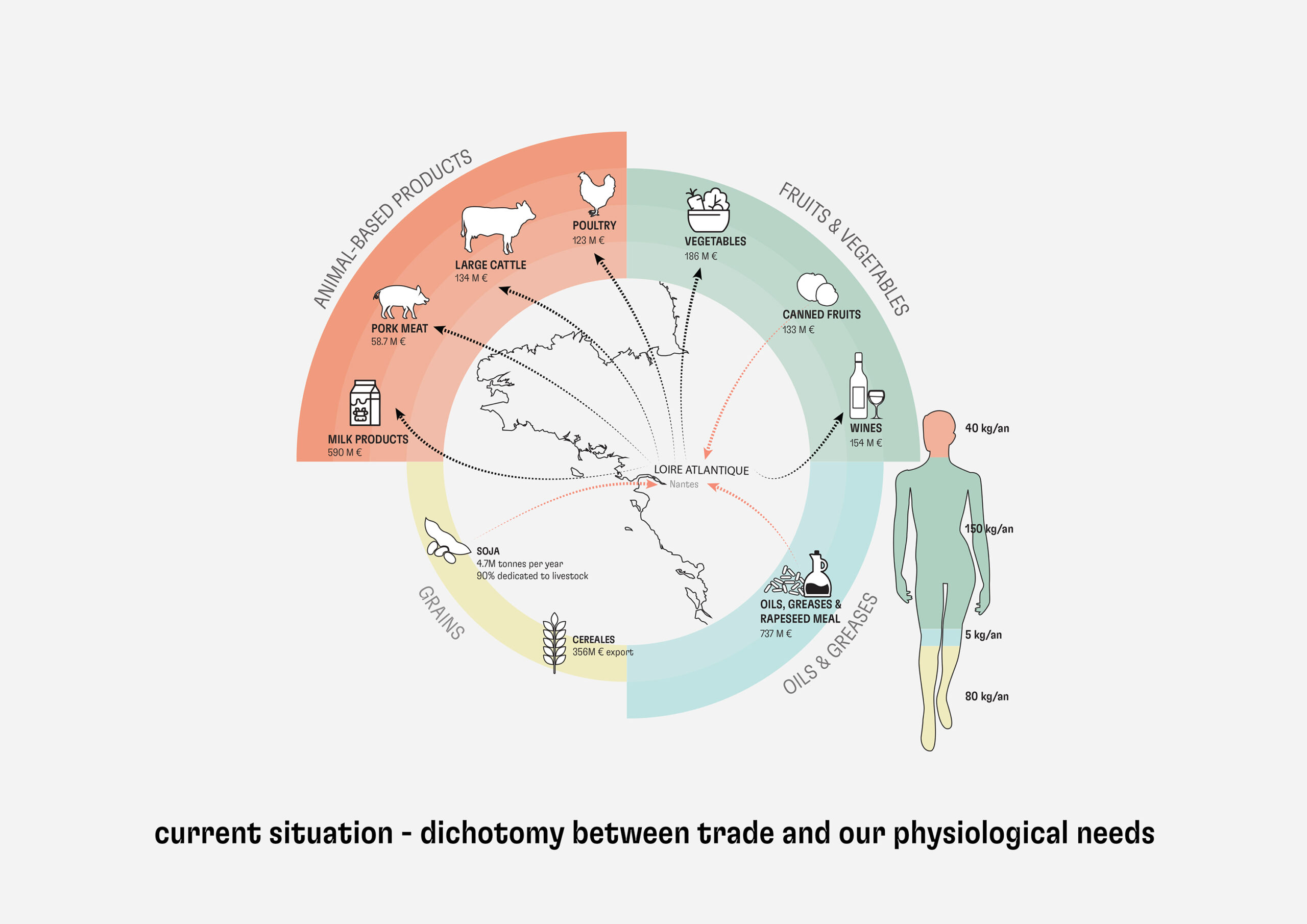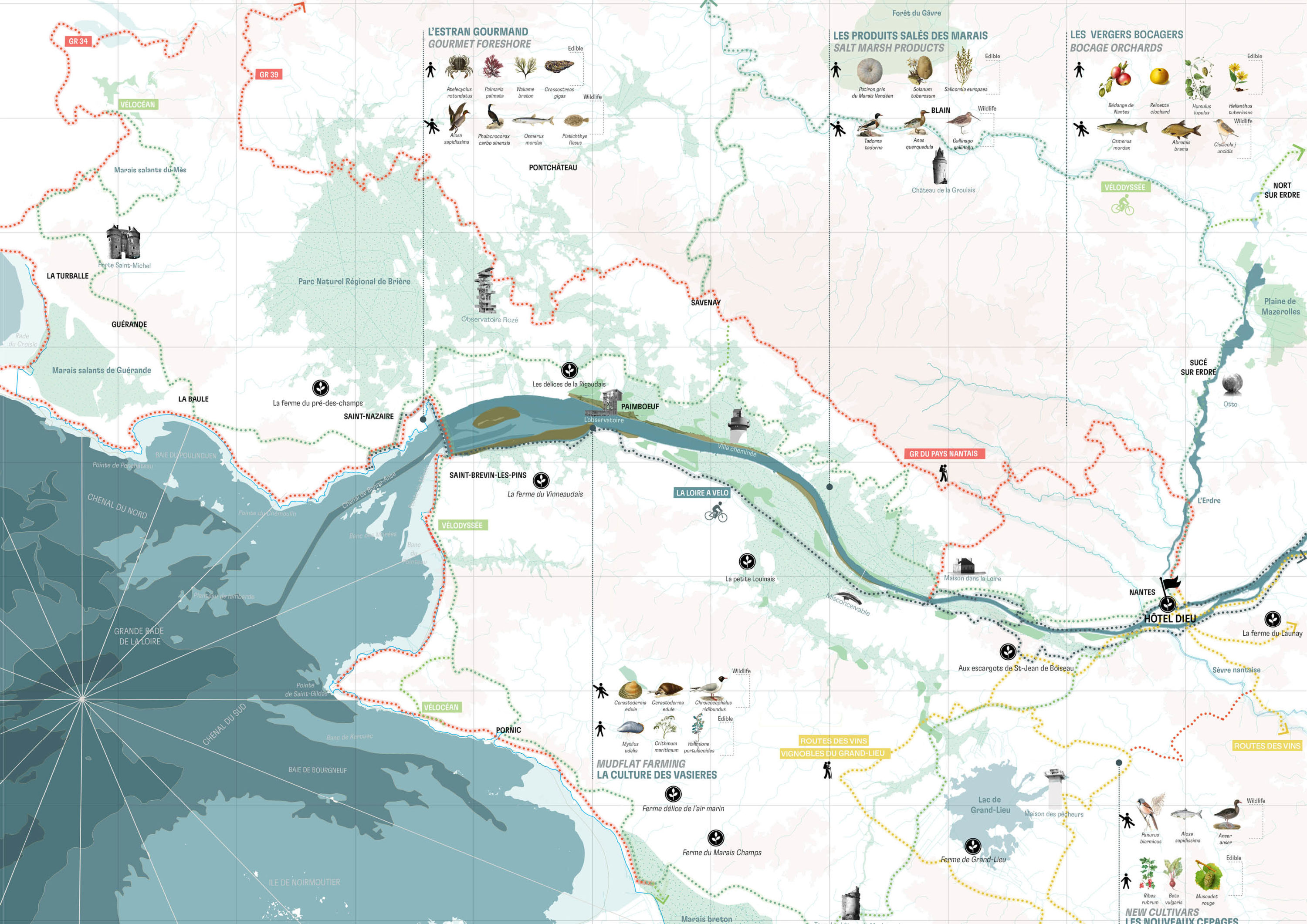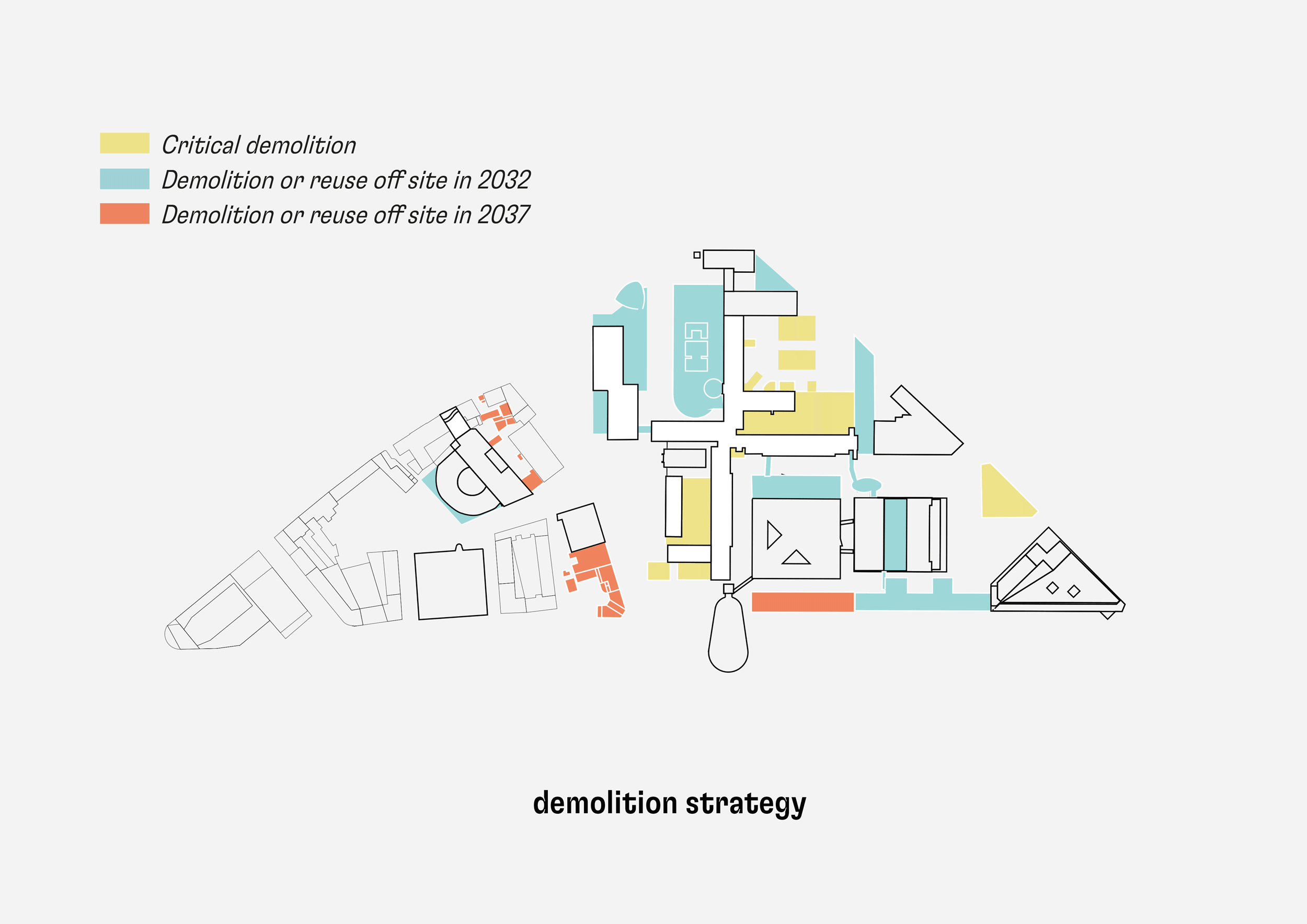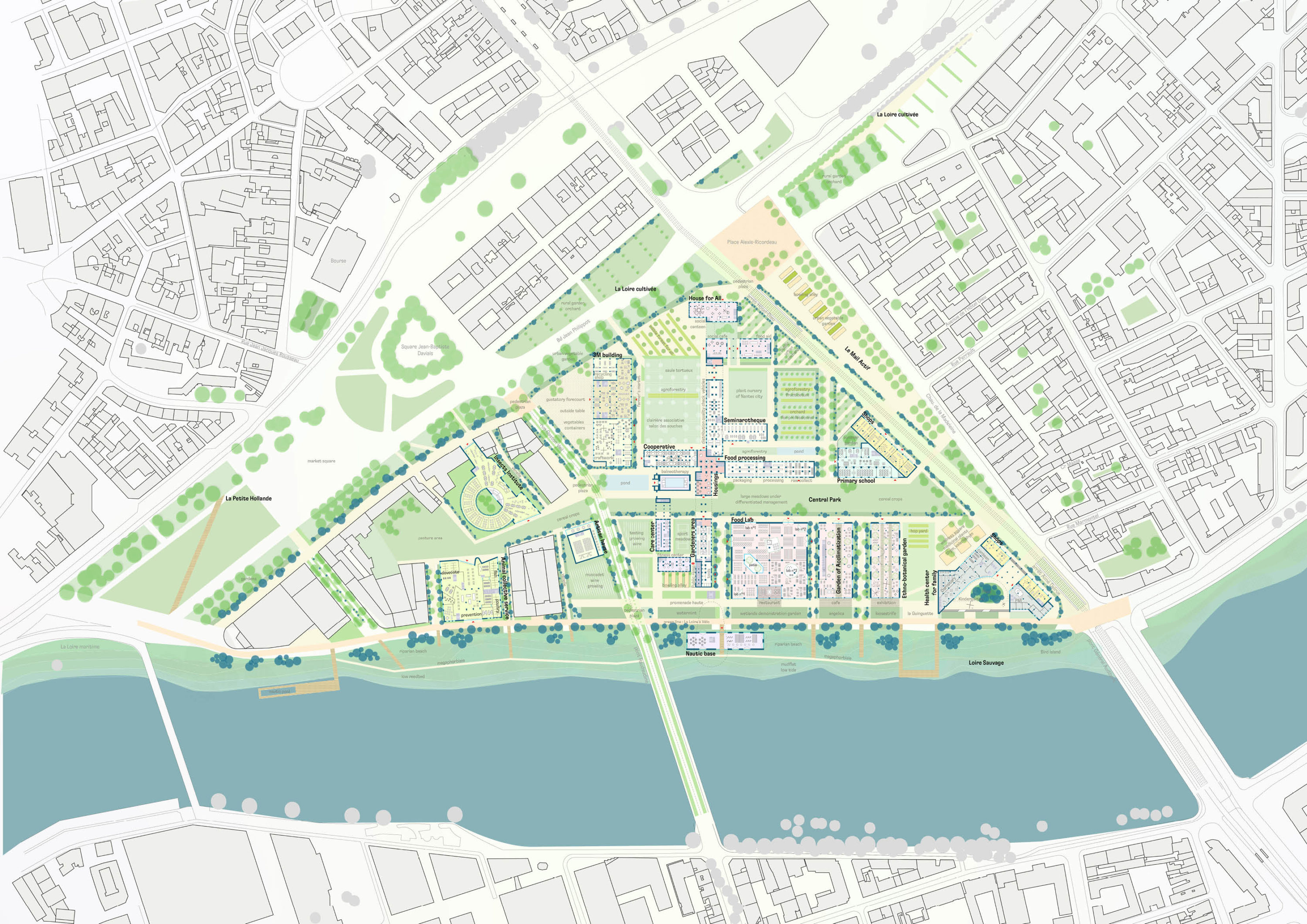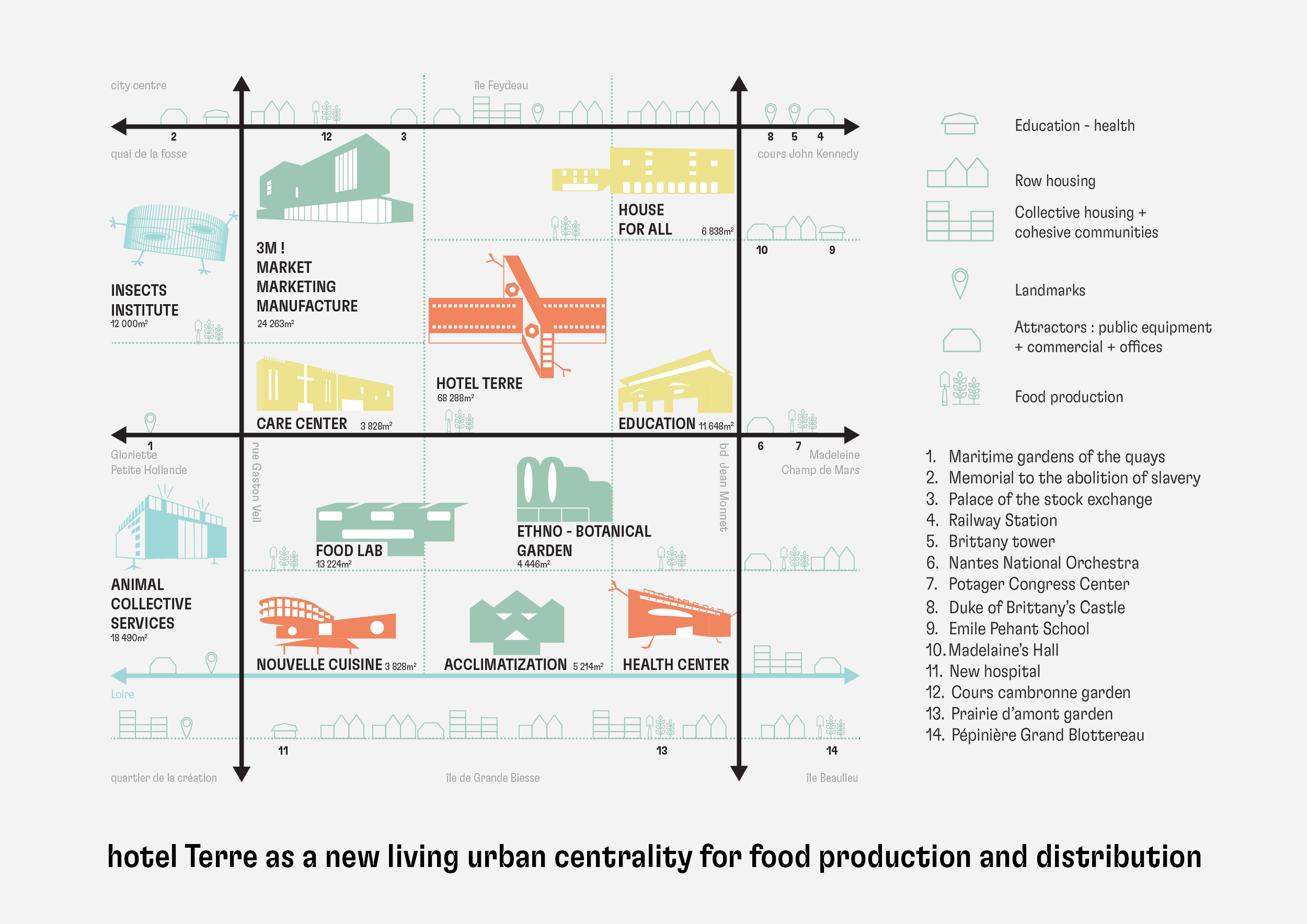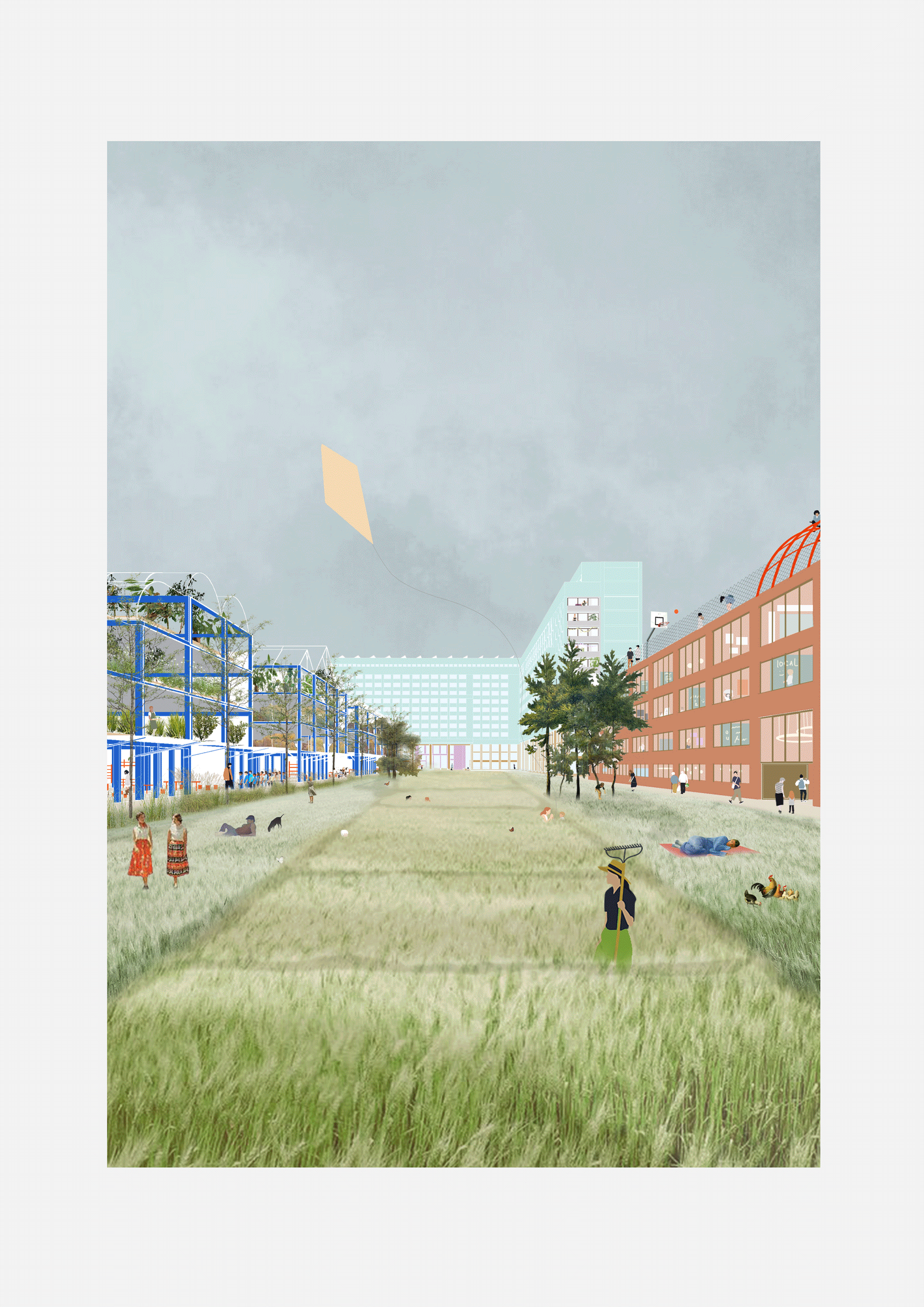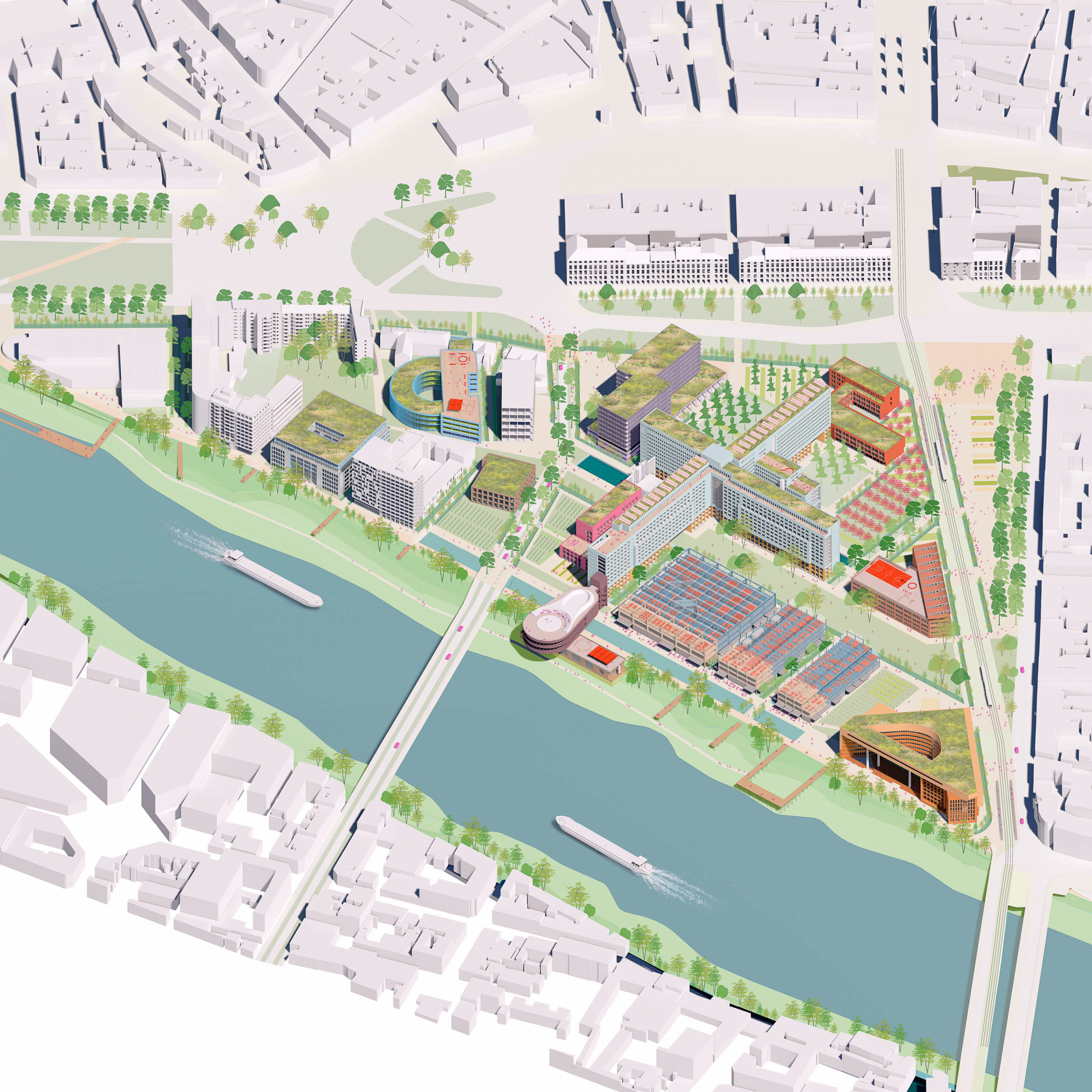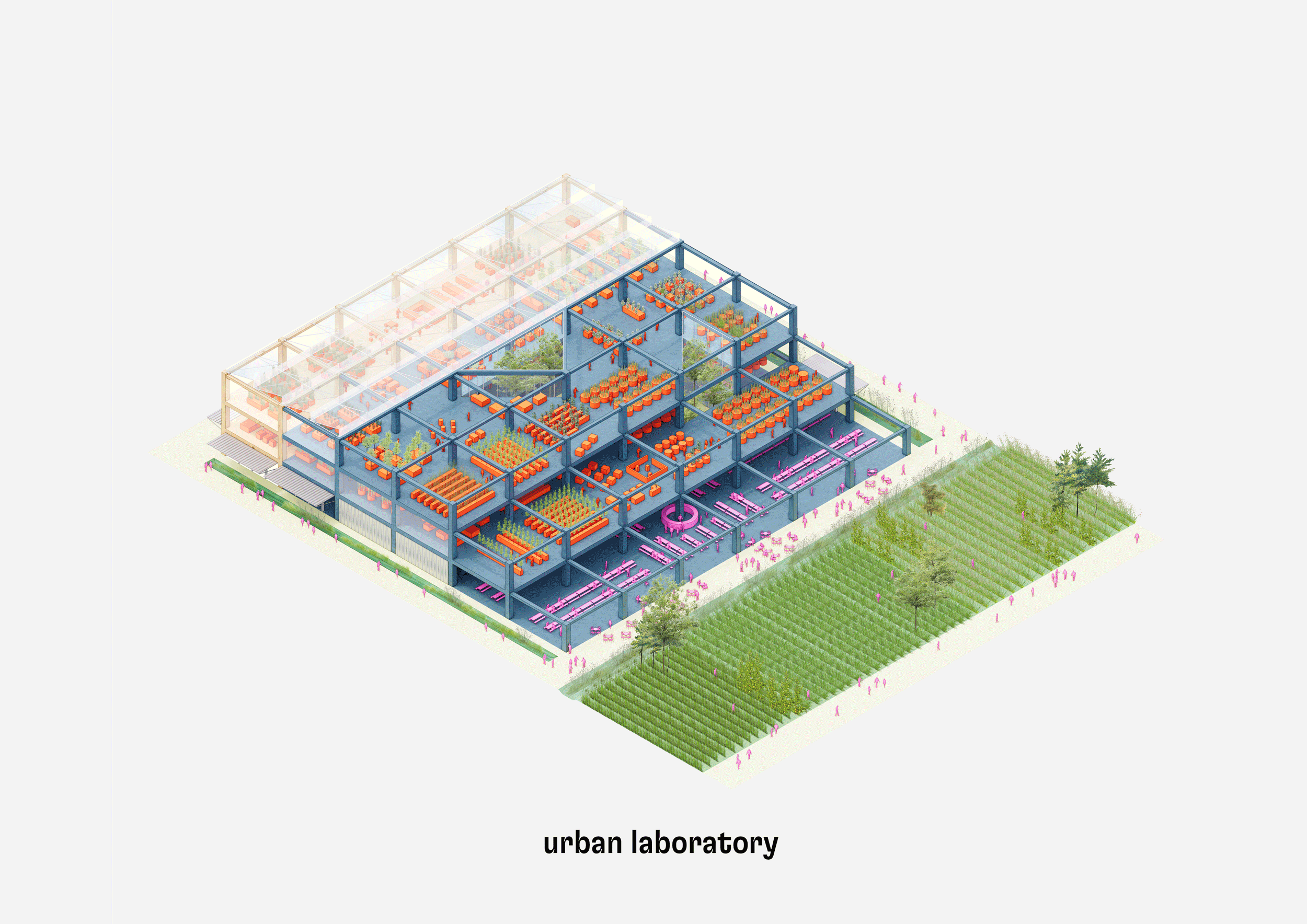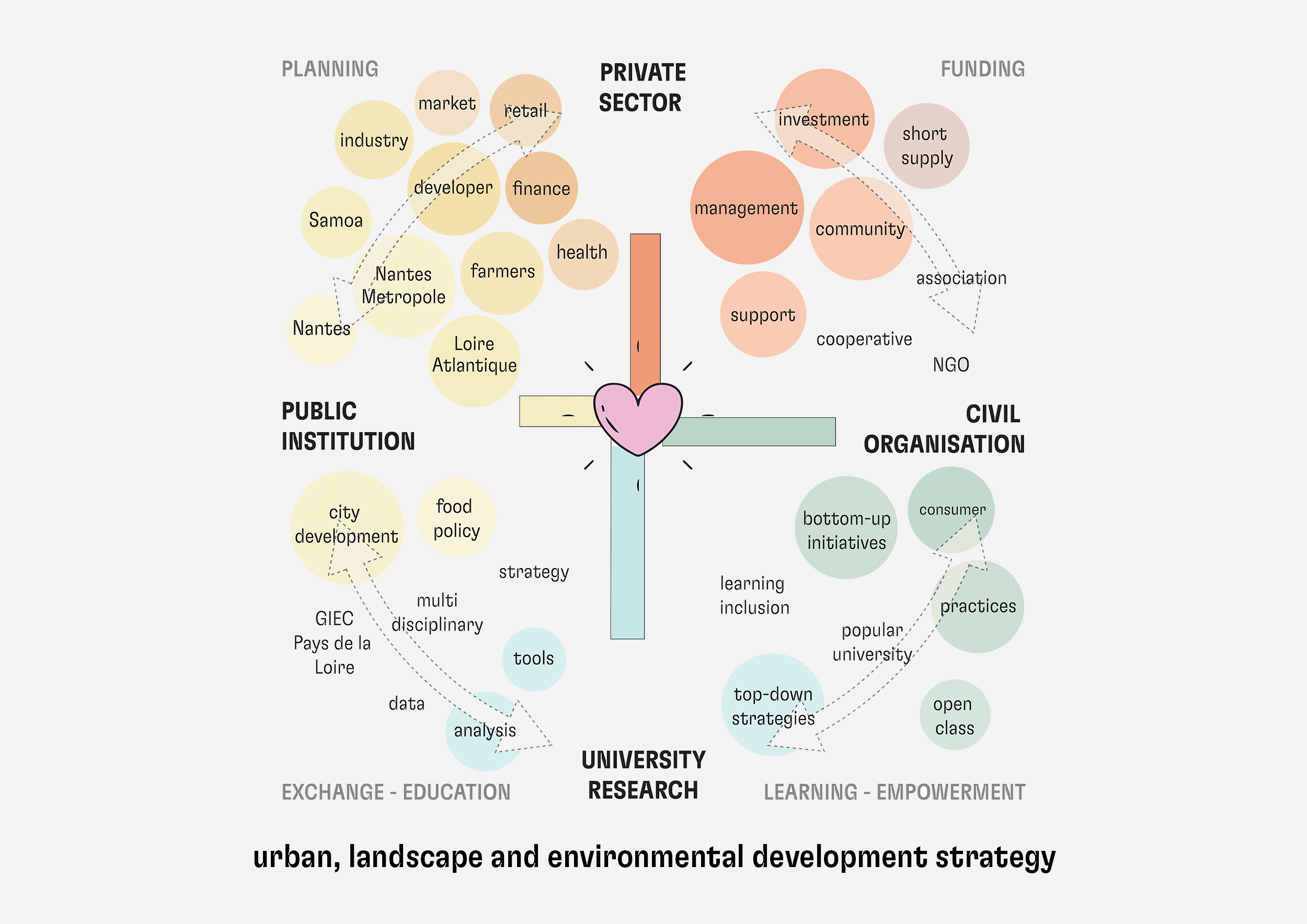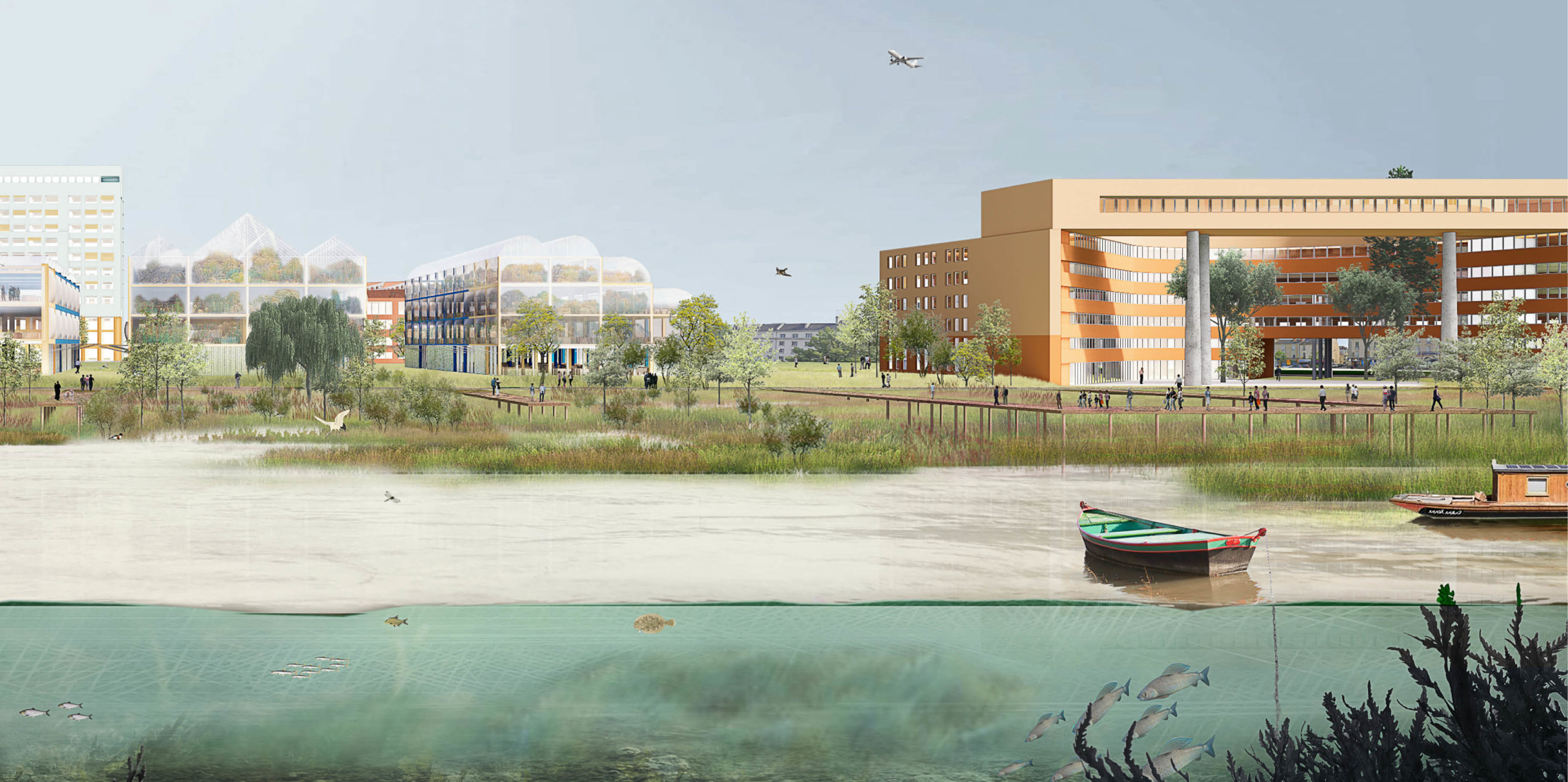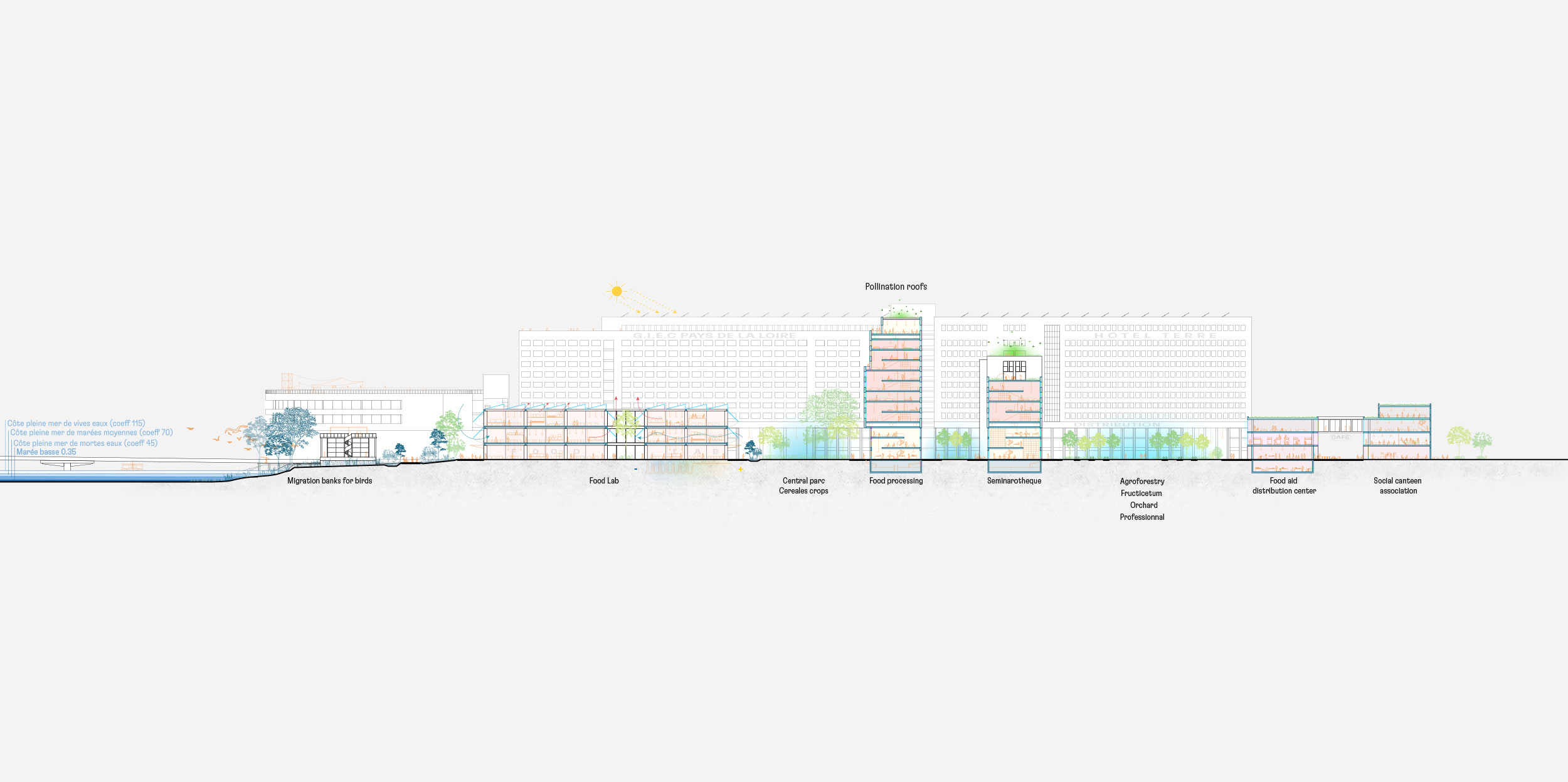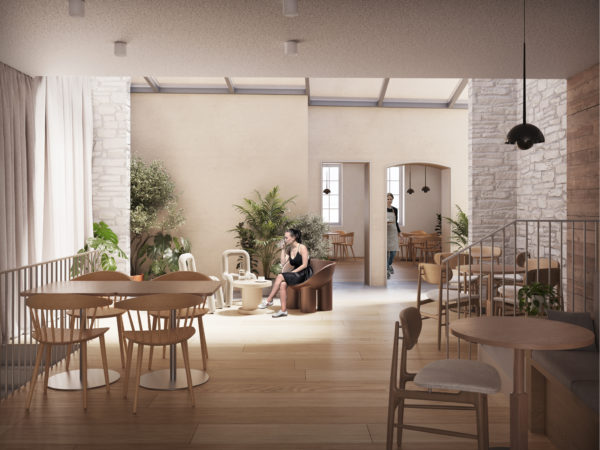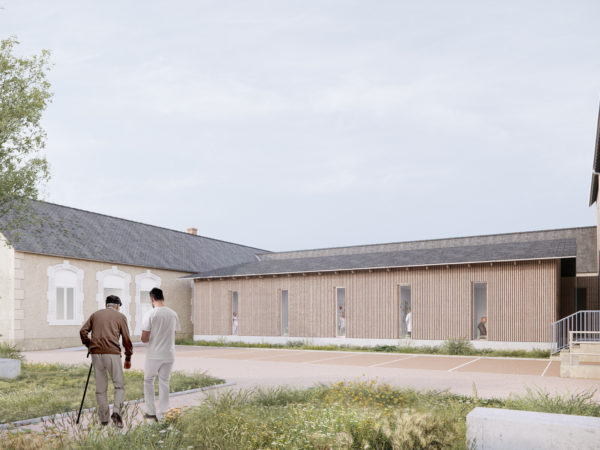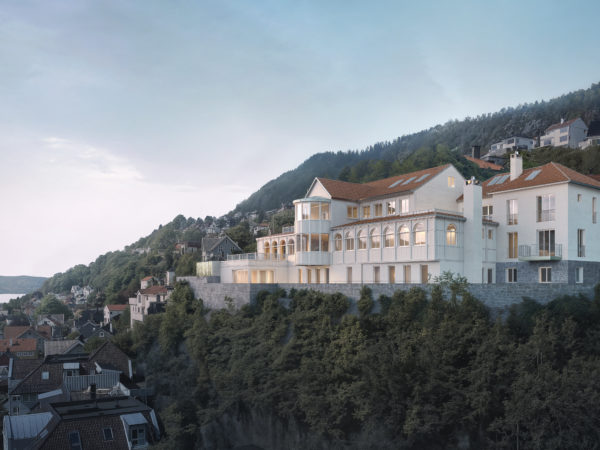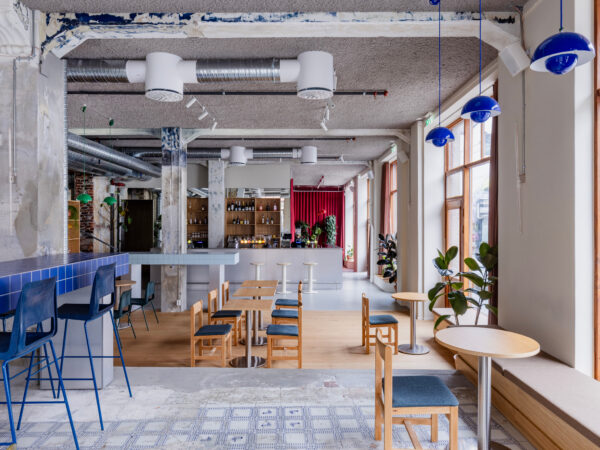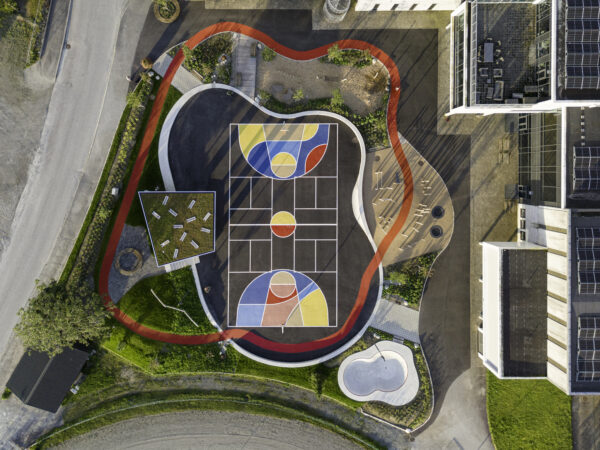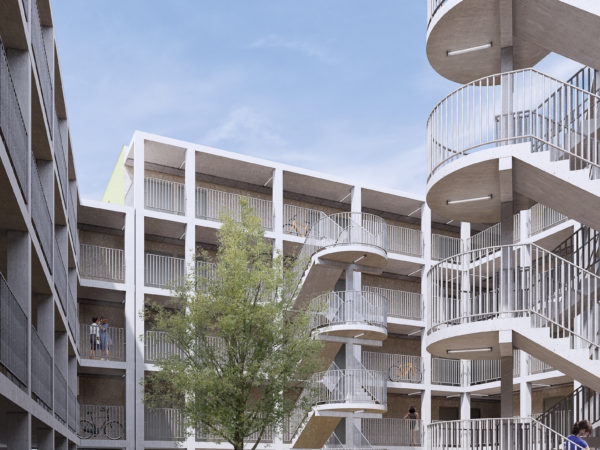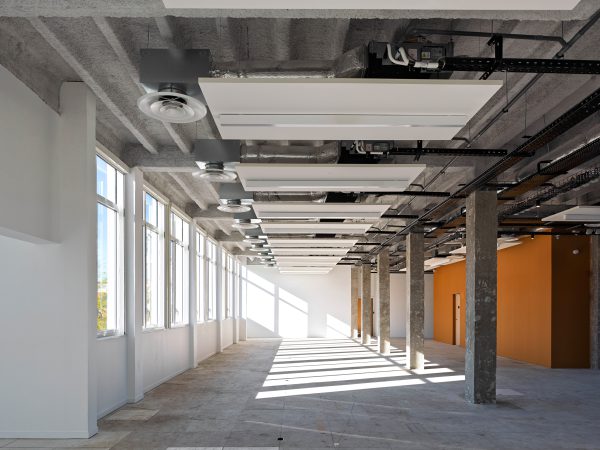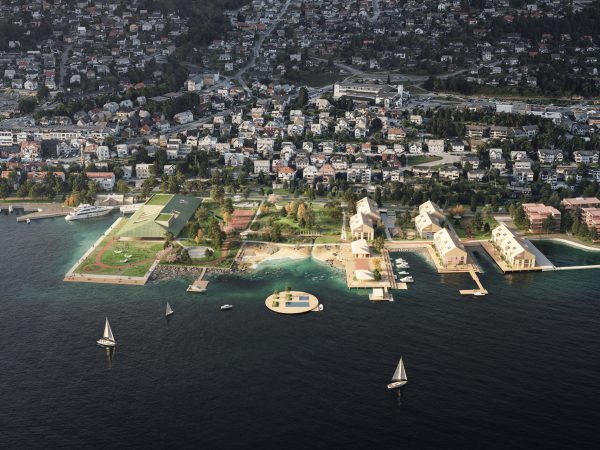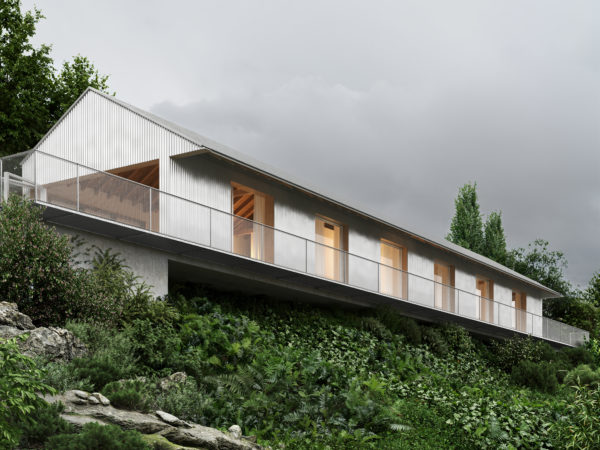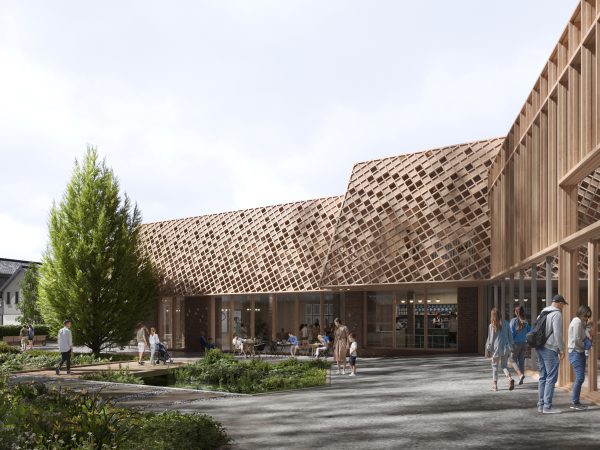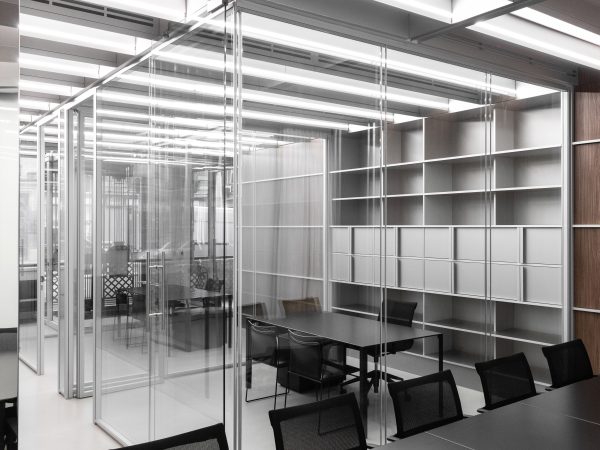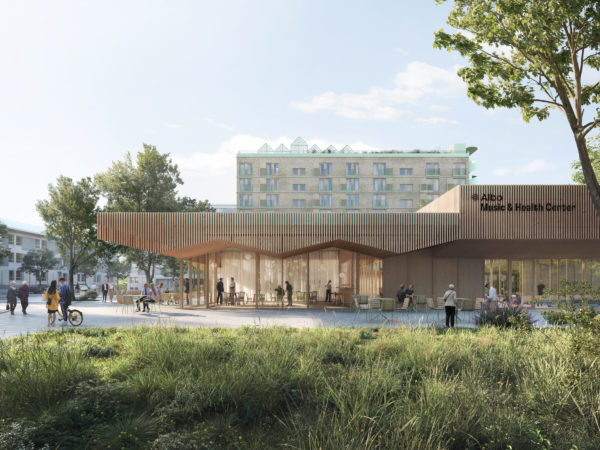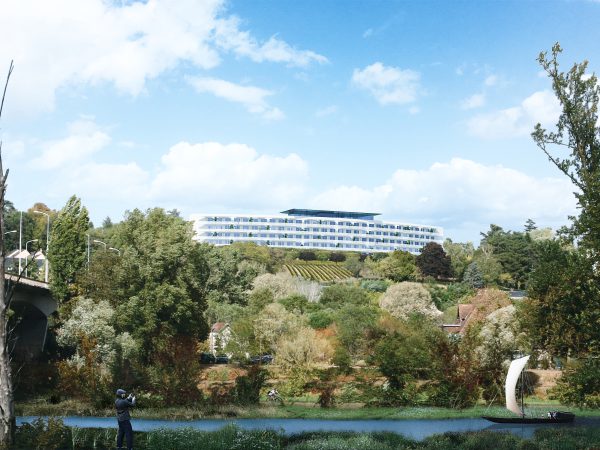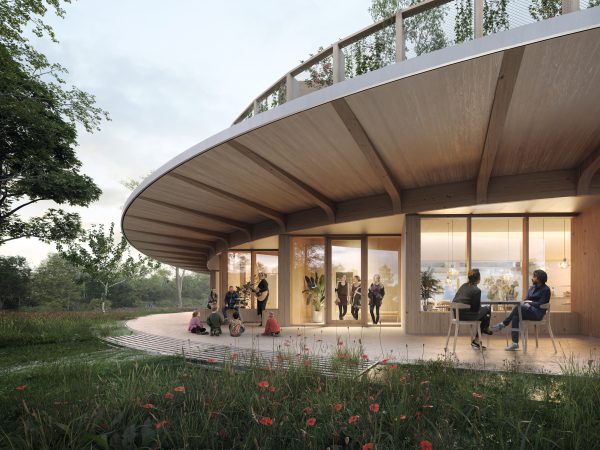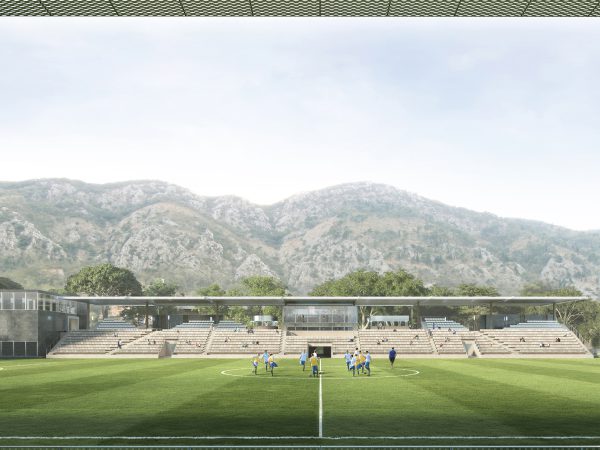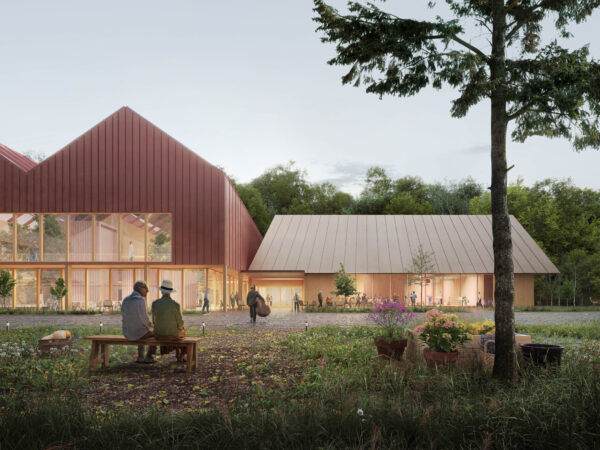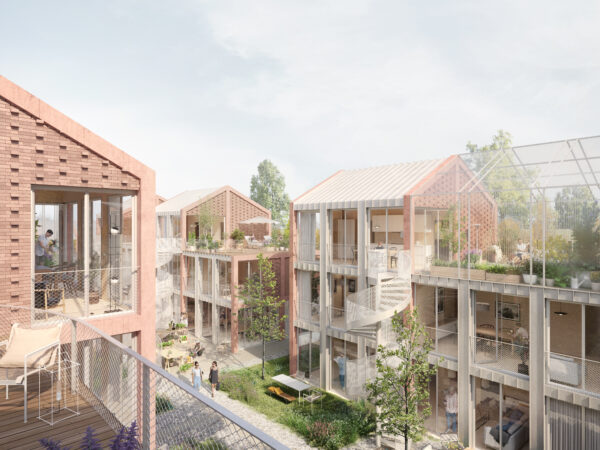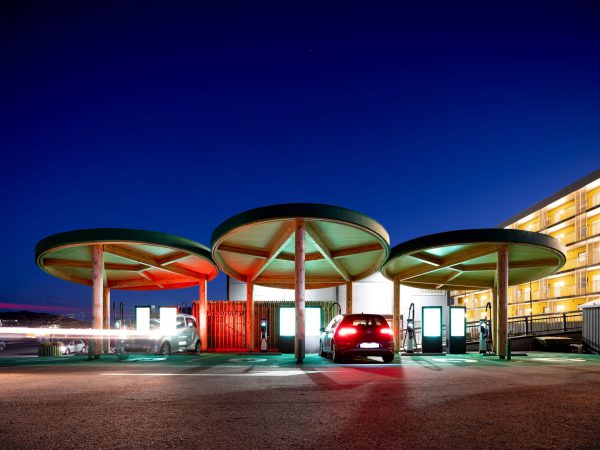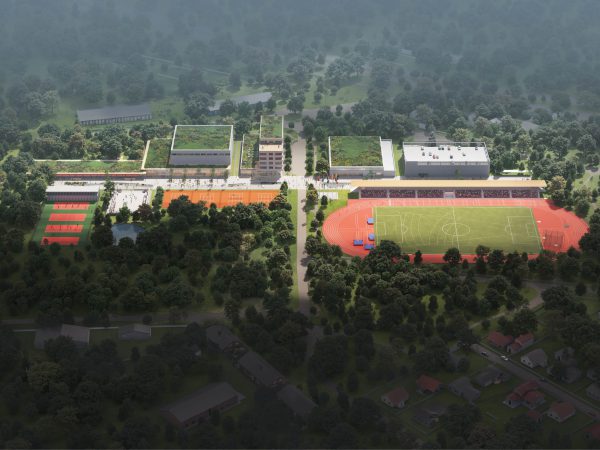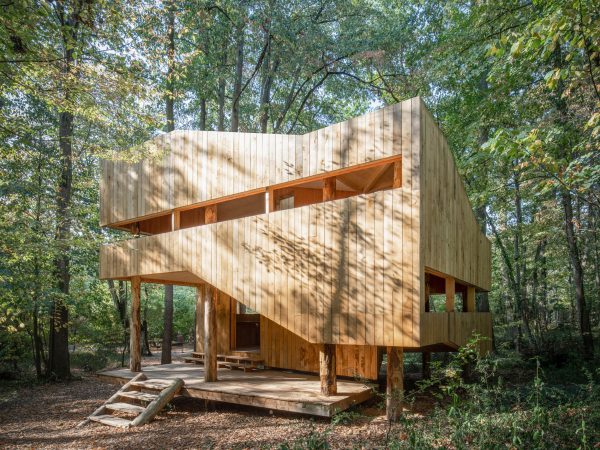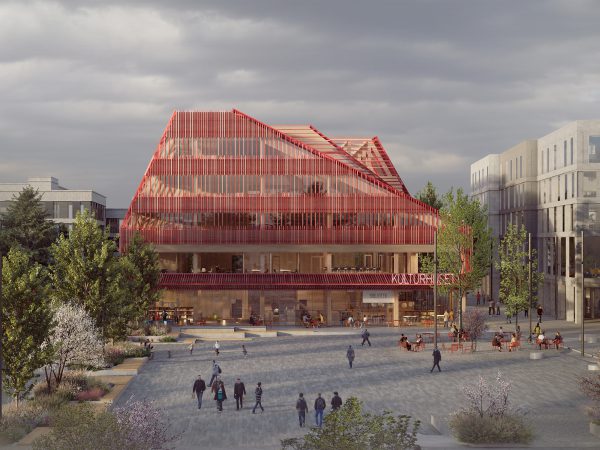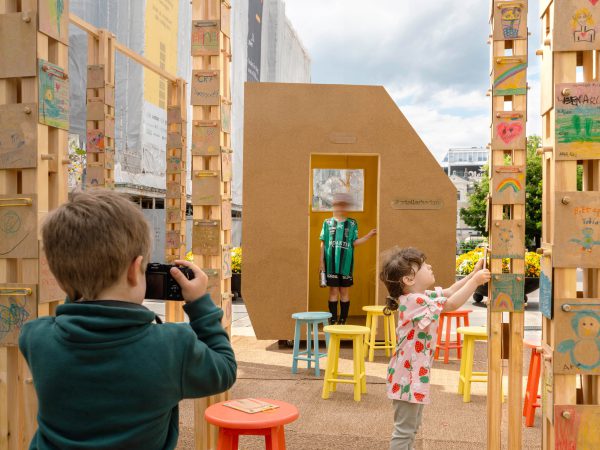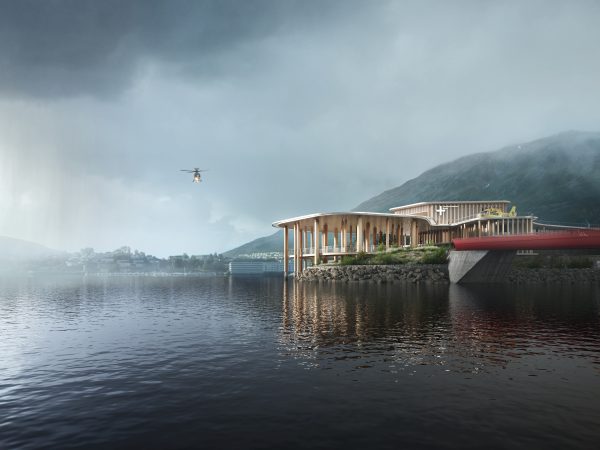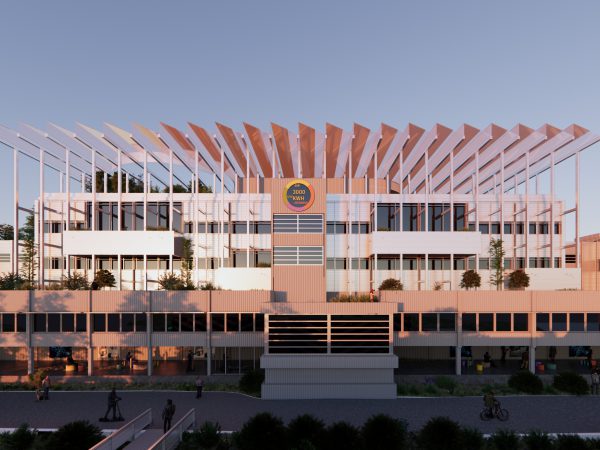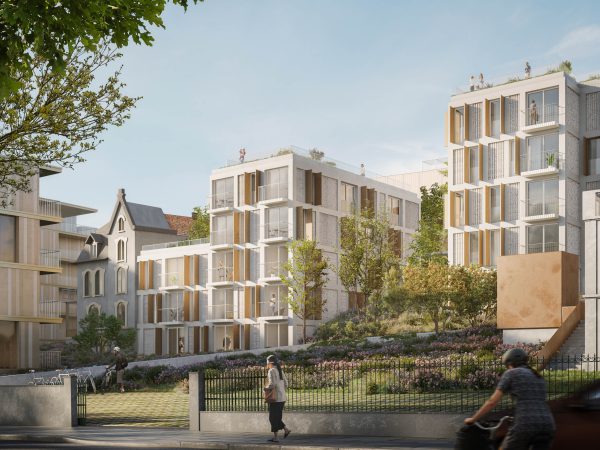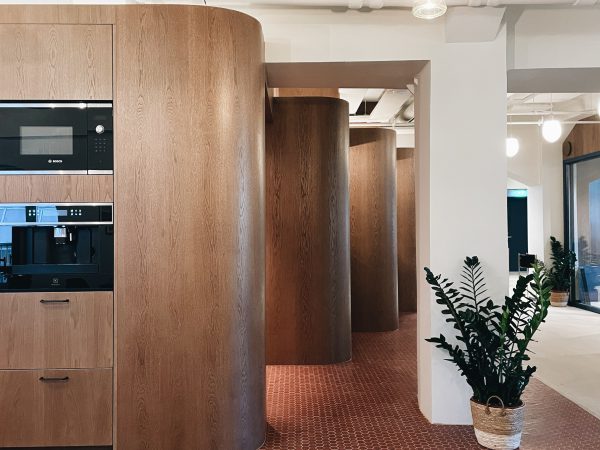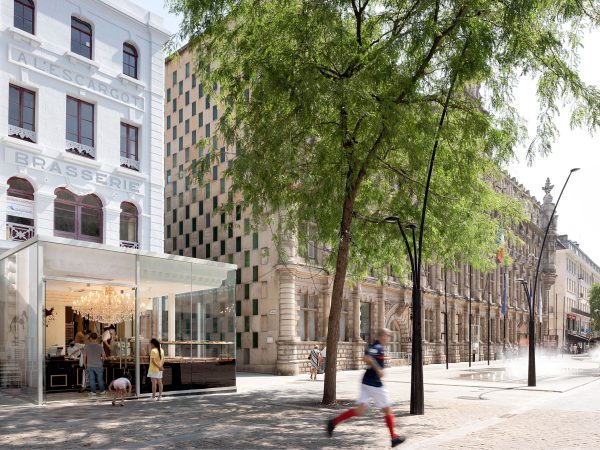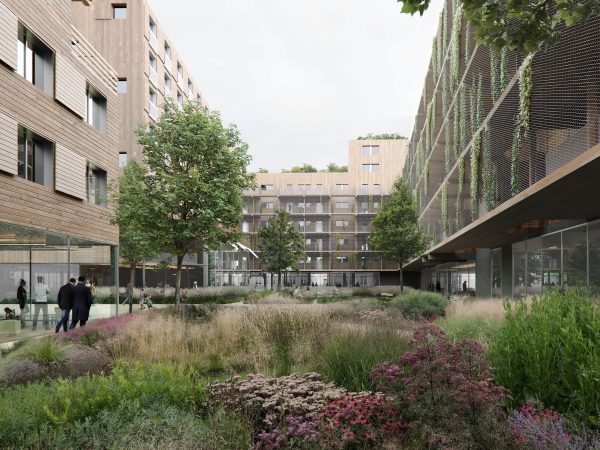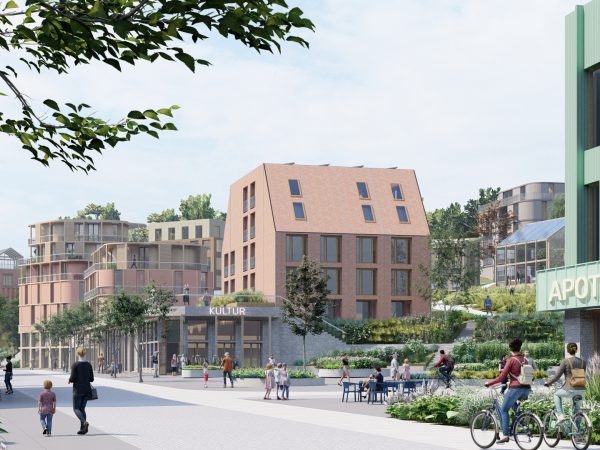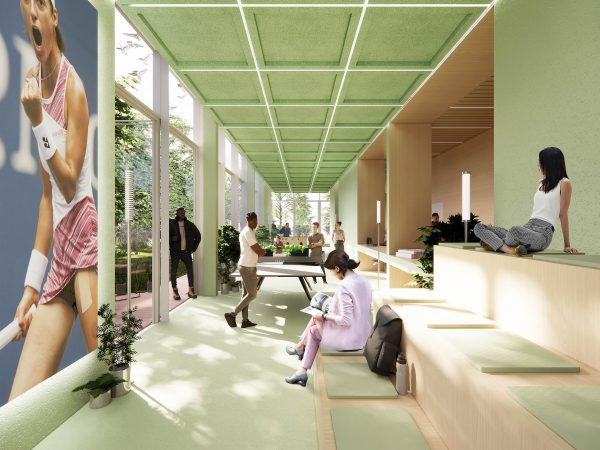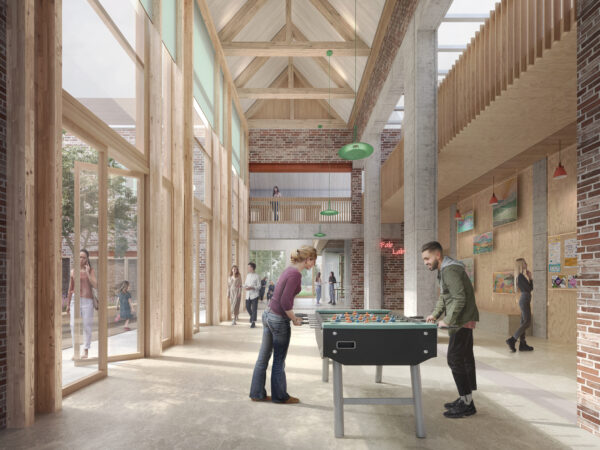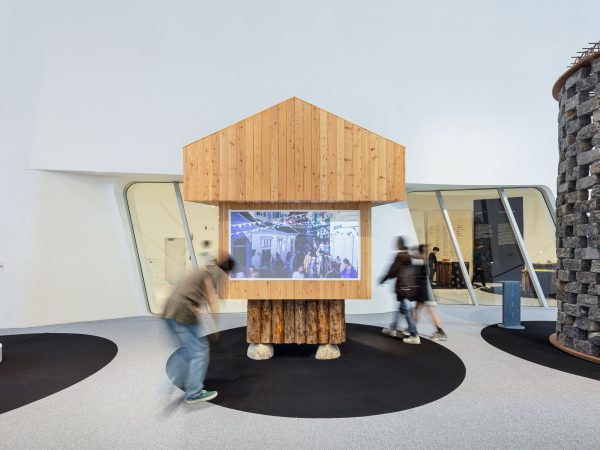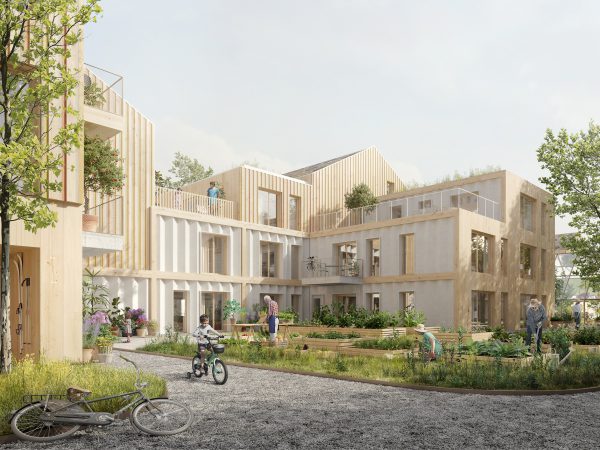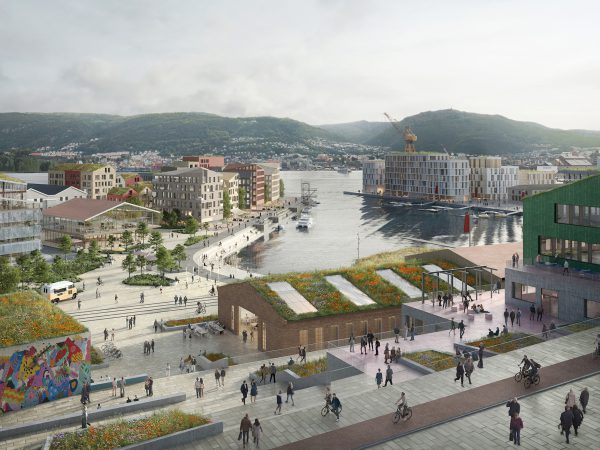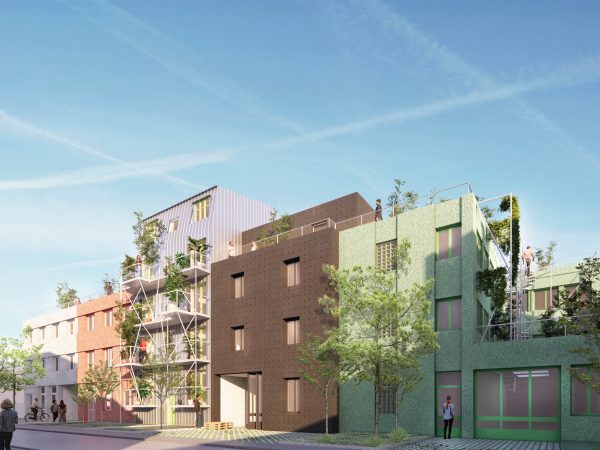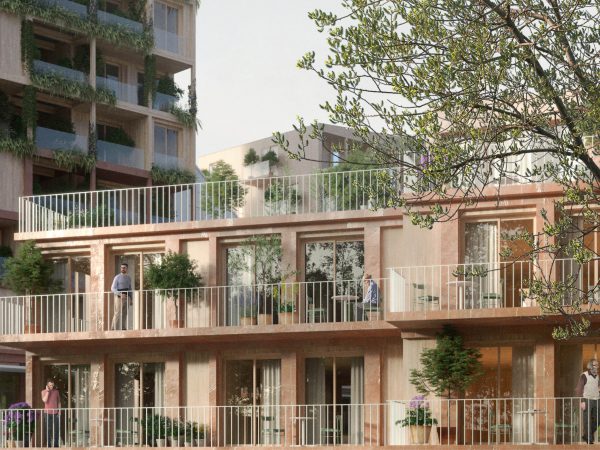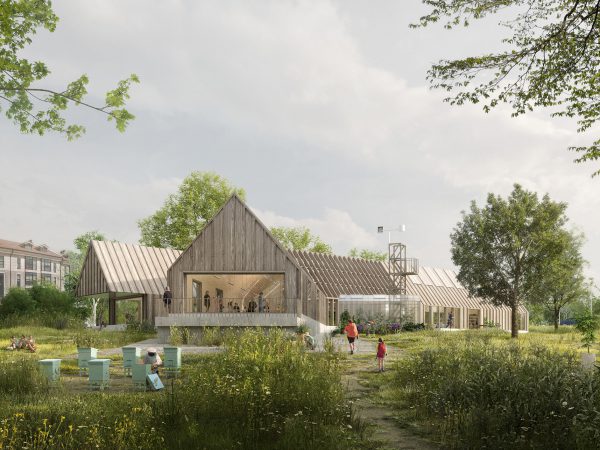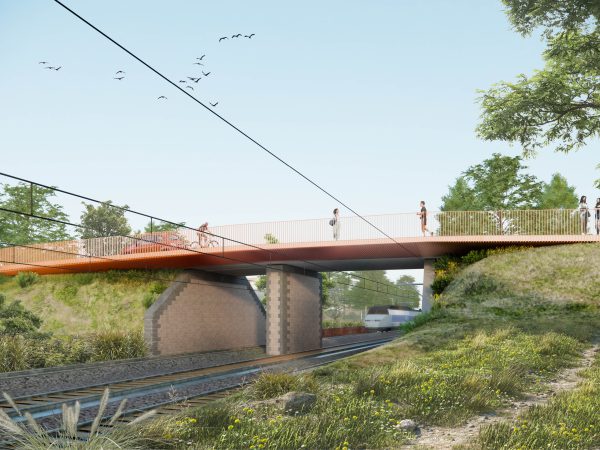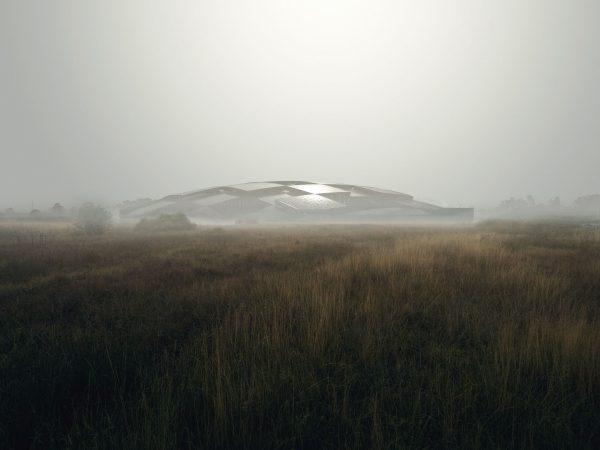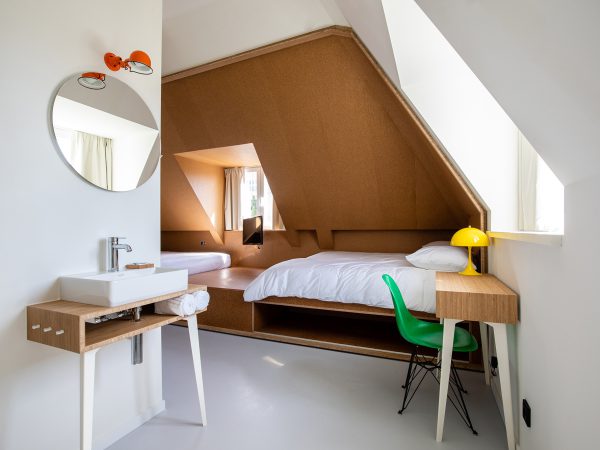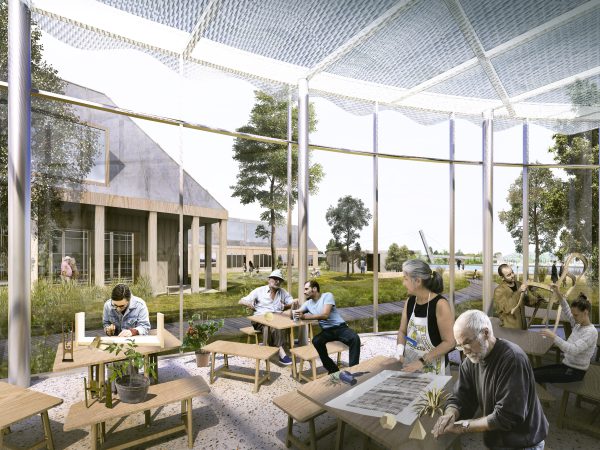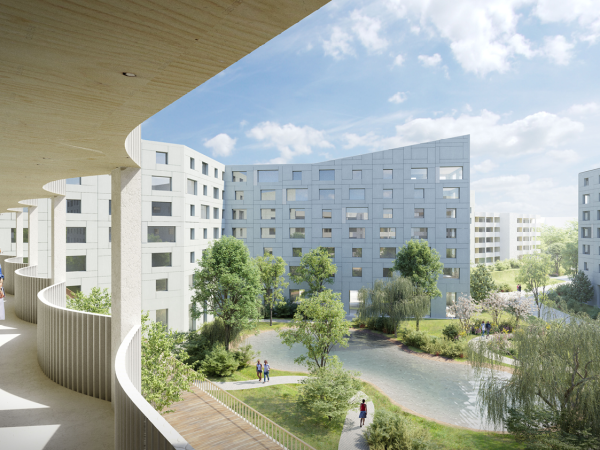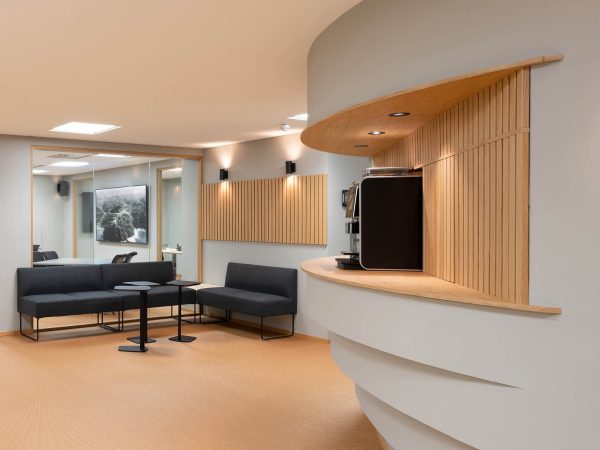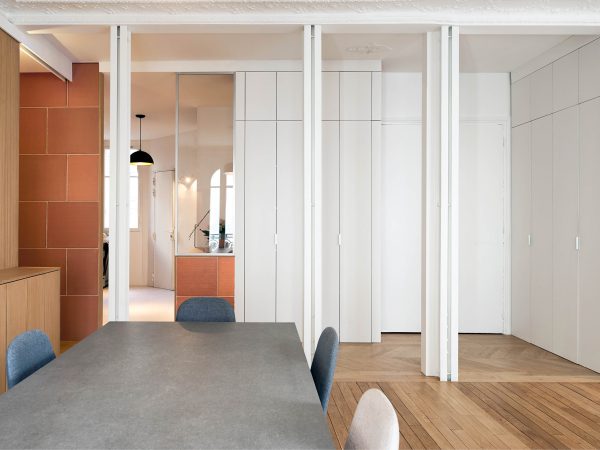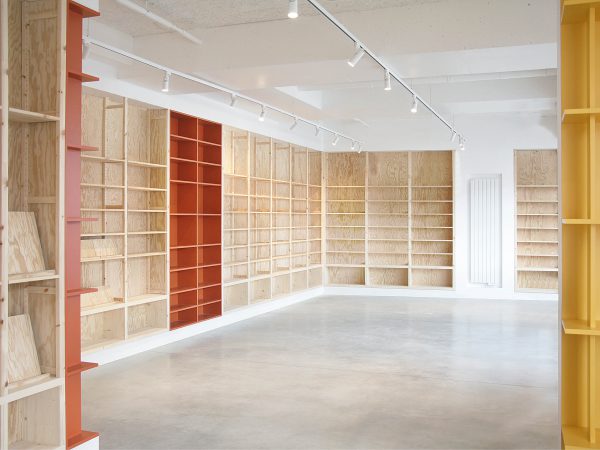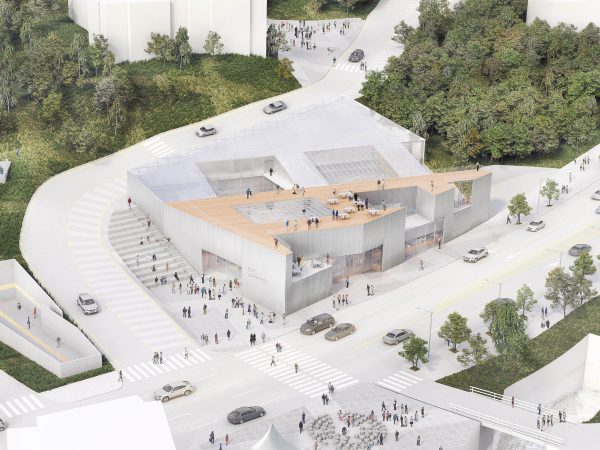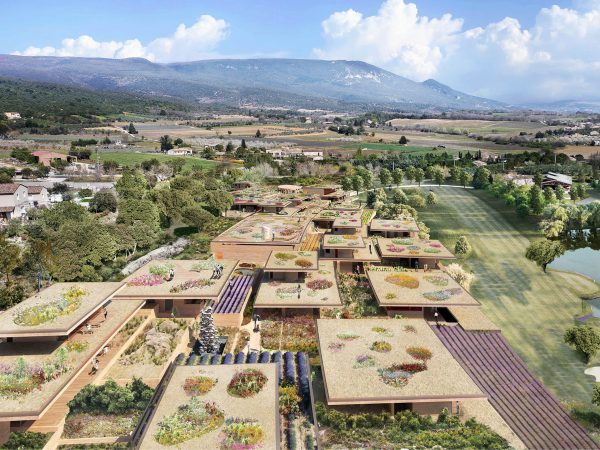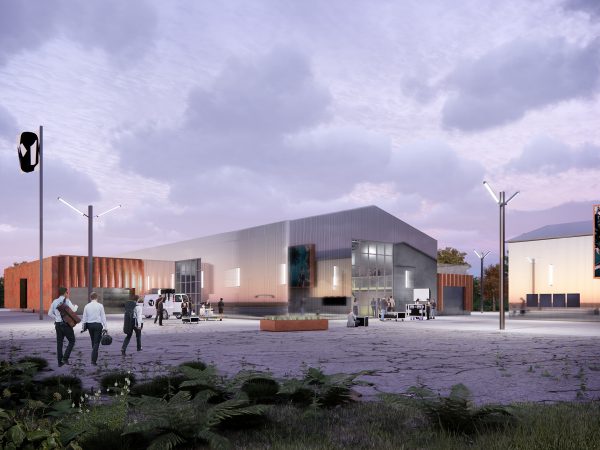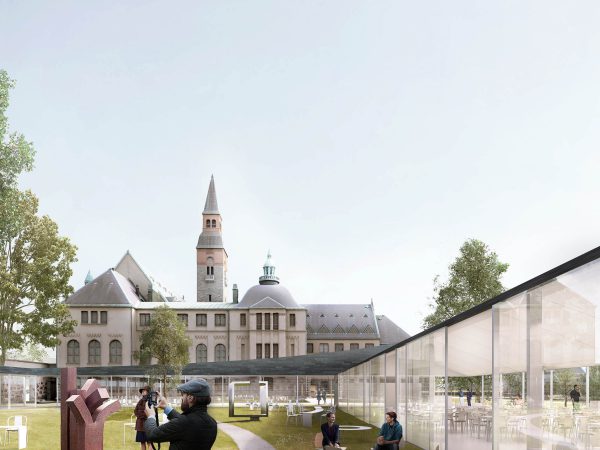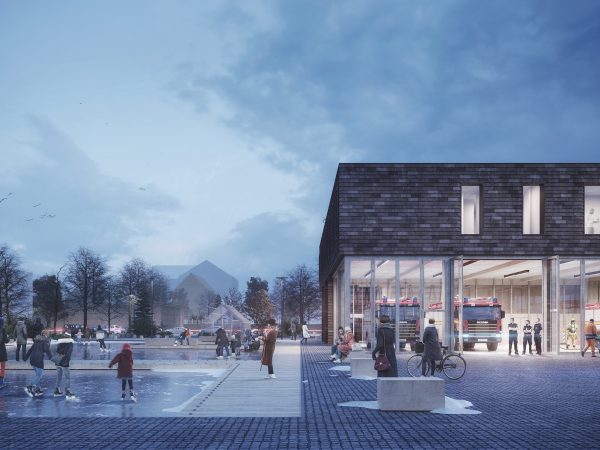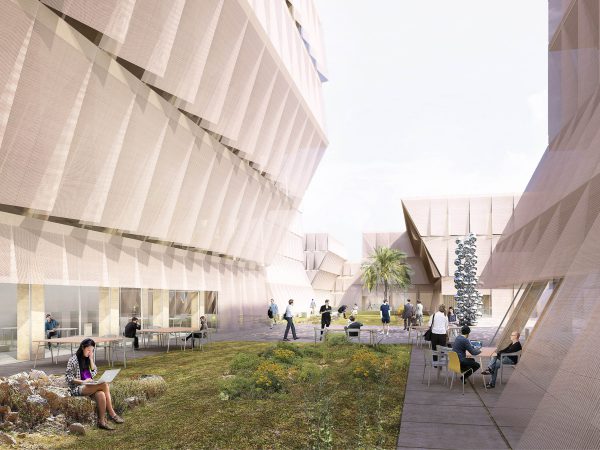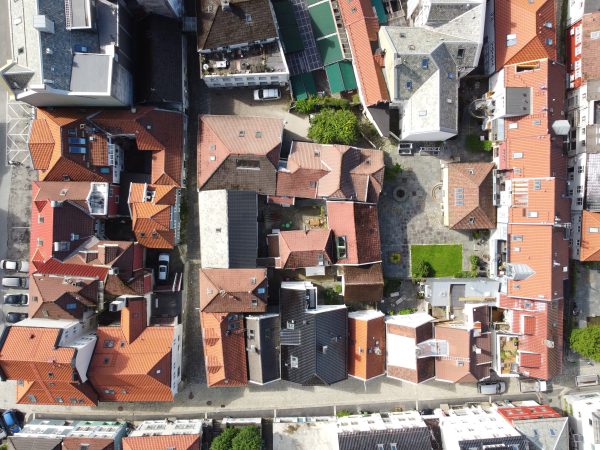Europan 17 Nantes
"Nantes : between soil and salt."
The insularity of Hotel Dieu, labyrinthine in its dimensions and hybrid in its functions and organization, calls for an ambitious forward-looking vision that considers a multitude of factors linked to the buildings, the soil and its history, as well as to a territorial and climatic scale.
How to apprehend the conversion of a site linked to a common memory of our society, linked to the cycles of life ? In the wake of COP15 and the national biodiversity strategy 2030, how can we restore degraded nature in the heart of the city?
The long-term viability of the “Nantes Paysage Nourricier” and “Plan Alimentaire Territorial” project is also boosting the Hotel Dieu site’s development potential. The Hôtel Dieu site can become an experimental place for regional agricultural development, to improve the region’s food self-sufficiency, develop the savory crops of tomorrow, supply quality food in short circuits (seasonal and fresh), and help raise awareness and promote sustainable agriculture and food.
What will we eat in 2100 ?
Tides, sediment flows, seasons and gradients of fresh and salt water create a highly dynamic landscape outside the dykes, attracting numerous birds, fish, crustaceans and other species of flora and fauna. Inland, optimal control of fertile soils ensures highly profitable agriculture. Many tons of meat are shipped all over Europe. However, this situation cannot be maintained indefinitely.
On the edible Loire coast, the landscape is the result of dynamic and diverse conditions. The variety of soft and salty soils, wet and dry, high and low, clayey or sandy, gives rise to a wide range of conditions that leave room for flora and fauna as a food landscape. This rich diversity makes the region an attractive place to live, work and play. In this way, the banks of the Loire become a buffet where everyone – birds and tourists alike – can enjoy themselves.
From Hotel Dieu to Hotel Terre
Located at the confluence of the Etoile Verte and the Loire, the Hôtel Dieu could, through an incremental transformation process, respond to a double equation: create a place of acclimatization and development linked to the future of food, while generating an environment conducive to the settlement of the living, porous to metropolitan and natural flows as well as federating a memory linked to health, care, and well-being. To achieve this, we have defined a series of phases with evolving programmatic, urban, social, and environmental ambitions.
